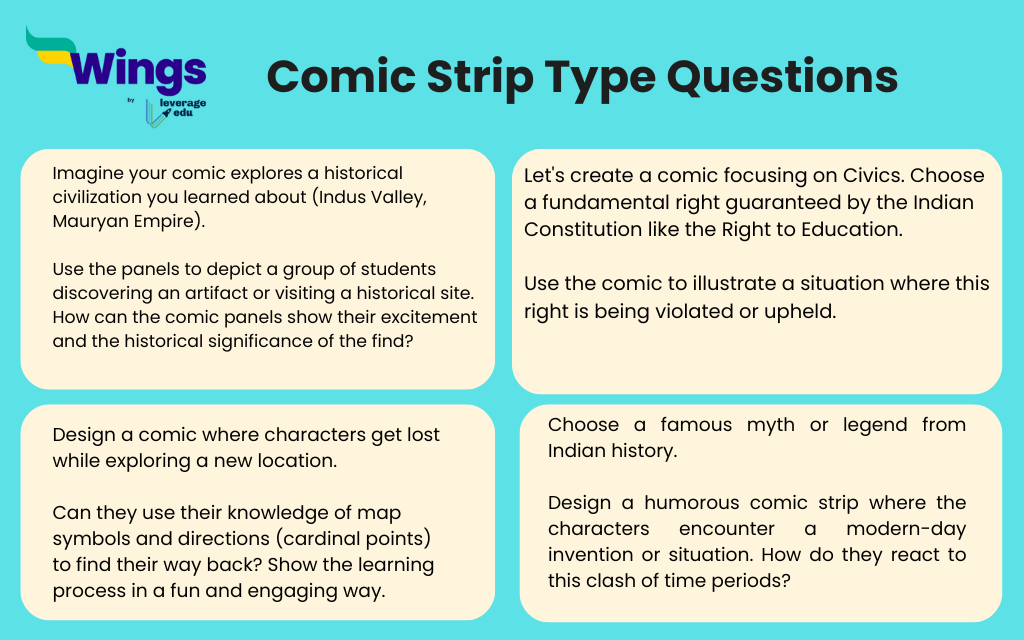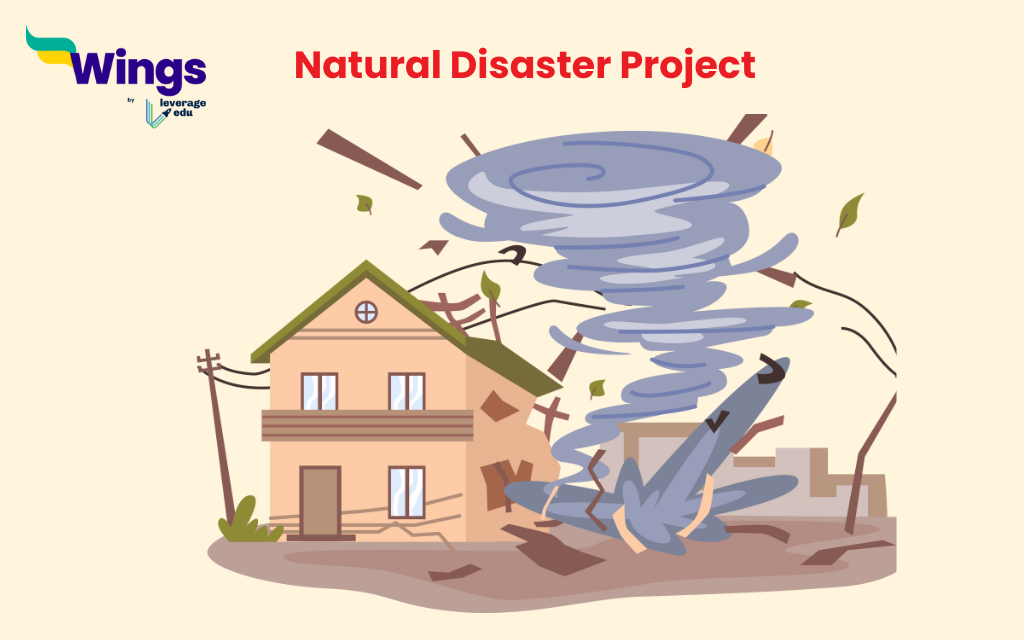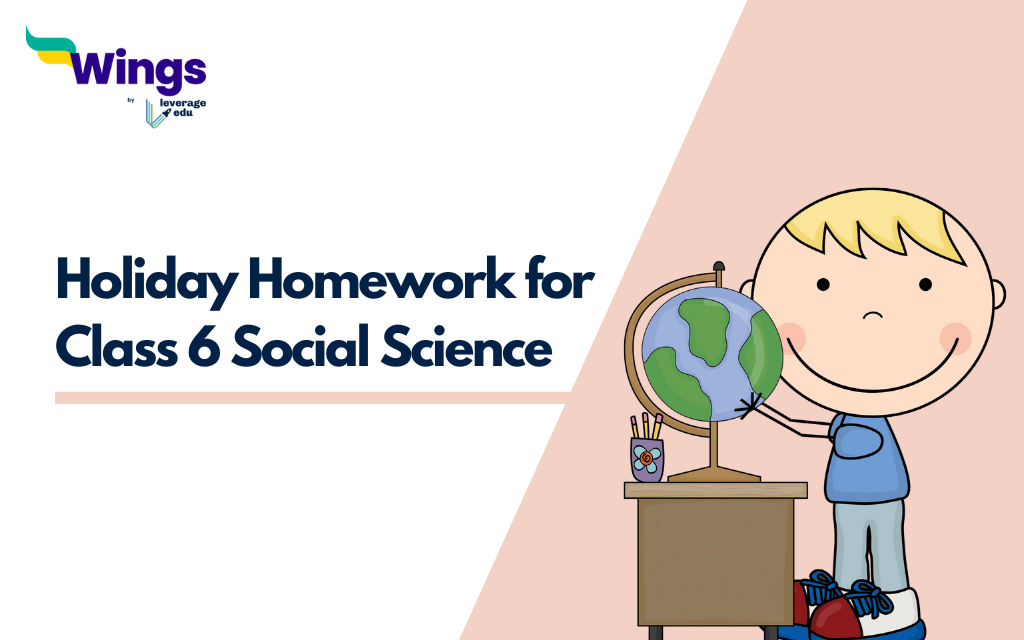Holiday Homework for Class 6 Social Science: School holidays are around the corner. But before you jump into all the fun activities, let us explore some exciting holiday homework for Class 6 social science students. This holiday homework will take you on a journey through history, geography, and civics with projects and activities that will spark your imagination as well as your curiosity.
Social Science Holiday Homework Class 6
Let us now check some of the question ideas for social science holiday homework for class 6th graders:
| Question 1. Answer the following questions – Who Am I? a. I am a symbol of power and justice, yet I have no eyes to see or hands to hold. I can be blindfolded or held high, representing different ideals throughout history. Who am I? b. I have cities but no houses, forests but no trees, and water but no fish. I am constantly changing, yet I remain on maps. Who am I? c. I am a powerful voice, but I have a mouth to speak. I can influence decisions and hold leaders accountable, but I am invisible. Who am I? d. I am a silent witness to history, standing tall for centuries. I have seen empires rise and fall, but I remain unchanged. Who am I? e. I am a border without walls, dividing nations and cultures. I can be a source of conflict or a symbol of unity. Who am I? |
| Question 2. Answer the following questions: a. Describe the lifestyle of ancient Mesopotamian civilizations and how they adapted to their environment for survival. Provide examples. b. Explain the significance of the Harappan civilization in the history of India. What were the major cities of the Indus Valley Civilization, and what were their features? c. Discuss the impact of monsoon rains on agriculture in India. Describe the characteristics of the monsoon climate and its importance. d. Define the term ´government and explain its role in society. What are the functions of government at different levels, such as local, state, and national? e. Explain the concept of diversity and its importance in a democratic society. Give examples of cultural, religious, and linguistic diversity in India. |
| Question 3: Learn and Explore: a. Imagine you are an archaeologist digging up an Indus Valley Civilization site. What object would you meet, and why? b. Many forts were built during different periods in India. Choose one that you would like to learn more about and research its history and architectural style. c. If you could design your dream school, what rules would you implement to promote inclusivity and respect for diversity? d. Games and toys can tell us a lot about a civilization. Based on what you know, what kind of games do you think children played in the Indus Valley Civilisation? e. Stories and myths are often passed down through generations. Choose a famous historical figure and research a myth or legend associated with them. Is there any truth to it? |
| Question 4: Learn with maps: a. How do latitude and longitude lines intersect to form a grid on a map, and what is their significance in navigation and location places? b. Explain how different types of maps, such as topographic maps and thematic maps, intersect in providing diverse information about geographical features, population distribution, and more. c. Describe how map projections intersect with the challenge of representing the three-dimensional Earth on a two-dimensional surface. What are the different types of map projections, and how do they distort certain features? d. Discuss how scale intersects with map accuracy and detail. How does the scale of a map affect the level of detail shown and the accuracy of measurements? e. Explore how technology intersects with modern mapping techniques, such as GPS and Geographic Information System (GIS). How do these technologies improve map accuracy, data analysis, and decision-making in various fields such as urban planning, disaster management, and environment conservation? |
Also Read: Class 3 Holiday Homework
| Question 5: The following are comic strip-type questions. Answer these questions using your creativity. |

| Question 6: Compare, examine, and analyze: 1. Compare and contrast the climates of Japan and Brazil. How do their geographical locations influence their weather patterns? 2. Discuss the economic differences between India and Australia. How do their natural resources and industries shape their economies? 3. Explore the cultural traditions of Egypt and China. What are some similarities and differences in their languages, religions, and customs? 4. Analyse the political systems of the United States and Russia. How do their governments function differently, and what impact does this have on their societies? 5. Investigate the environmental challenges faced by Canada and Kenya. How do their governments function differently, and what impact does this have on their societies? |
| Question 7. Following are some natural disasters. Analyse and write what you will do in such situations. 1. Research historical earthquakes in a specific region and create a comprehensive preparedness plan outlining safety measures, evacuation routes, and emergency supplies needed to mitigate the impact of future earthquakes. 2. Choose a coastal area prone to hurricanes and investigate the effects of these natural disasters on the environment, infrastructure, and local communities. Create a project highlighting the causes, impacts, and recovery efforts following a major hurricane event. 3. Design a monitoring system to track volcanic activity in a volcanic hotspot. Identify key indicators of an impending eruption and propose strategies for early warning and evacuation to minimize the impact on nearby populations. |

| Question 8. Think and then answer the following analytical questions: 1. Choose a landform, such as a mountain range or river delta, and explain how it was formed geologically. What are the key features that distinguish this landform? 2. Discuss the role of erosion and weathering in shaping the chosen landform over time. How has human activity influenced its formation and preservation? 3. Create a 3D model depicting the various layers and geological features of the landform. Label each component and explain its significance in the formation and development of the landform. |
| Question 9. Solve the following geography quiz: 1. What are the seven continents of the world, and can you name the largest country by land area on each continent? 2. Which ocean is the largest and deepest, and what are some of the major currents that circulate within it? 3. Name the four hemispheres of the Earth and identify at least one country located in each hemisphere. 4. What are the primary factors that determine a region’s climate, and how do they influence weather patterns and temperature variations? 5. Identify the major rivers in the world and the continents they flow through. Bonus points for naming the longest river on each continent. |
| Question 10. Answer the questions using your civics learning skills: 1. If you could design your own dream school, what rules would you implement to promote inclusivity and respect for diversity? 2. Imagine you’re elected as the student representative in your class. What two issues would you prioritize and how would you address them? 3. Think about a social issue you care about (e.g., pollution, animal welfare). Design a creative campaign to raise awareness among your classmates. 4. Newspapers and media play a crucial role in a democracy. Why is freedom of the press important? 5. Many countries have national symbols like flags and anthems. Design a national symbol (flag, emblem, or motto) for your school and explain its meaning. |
We hope that Holiday Homework for Class 6 Social Science will help you to learn, create, and have some serious fun. Do not forget to use your imagination and creativity. Happy learning and happy holidays!
Also Read: Explore the Wonders of Science: Class 8 Holiday Homework
FAQs
Ans: It is generally okay to take breaks during holidays, but striking a balance between them is advisable. Further, engaging in some studying can also help maintain momentum and prevent any gaps or academic losses.
Ans: To make holiday homework attractive, incorporate fun elements like pictures, images, or decorative items. Interactive and personalising homework can increase its appeal.
Ans: Approach your homework with a positive mindset. Set achievable goals, take breaks, and celebrate the small wins. Find relevant information and work on your writing and creative skills. All these factors will help you make your homework enjoyable.
Explore More Interesting Ideas on School Education
This was all about holiday homework for class 6 social science. Follow school education for more interesting topics.
 One app for all your study abroad needs
One app for all your study abroad needs














